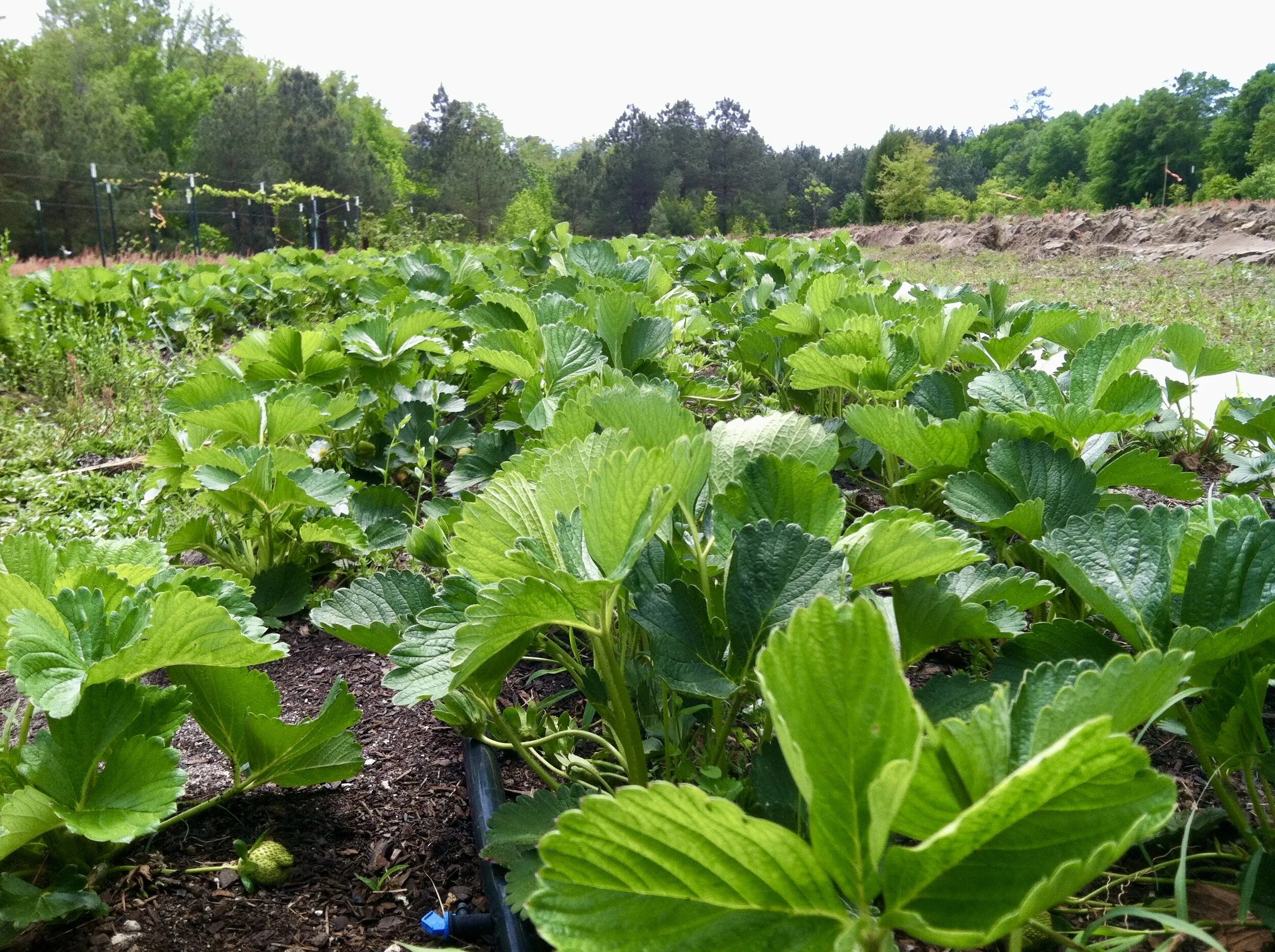Agricultural producers and landowners can sign up soon for the Conservation Reserve Program (CRP), a cornerstone conservation program offered by the U.S. Department of Agriculture (USDA) and a key tool in the Biden-Harris Administration effort to address climate change and achieve other natural resource benefits. The General CRP signup will run from Jan. 31 to March 11, and the Grassland CRP signup will run from April 4 to May 13.
Read MoreThe U.S. Department of Agriculture (USDA) has set a July 23, 2021, deadline for agricultural producers and landowners to apply for the Conservation Reserve Program (CRP) General signup 56. Additionally, USDA’s Farm Service Agency (FSA) will accept applications for CRP Grasslands from July 12 to August 20. This year, USDA updated both signup options to provide greater incentives for producers and increase its conservation benefits, including reducing the impacts of climate change.
Read MoreThe U.S. Department of Agriculture (USDA) is extending the Conservation Reserve Program (CRP) General Signup period, which had previously been announced as ending on Feb. 12, 2021. USDA will continue to accept offers as it takes this opportunity for the incoming Administration to evaluate ways to increase enrollment.
Read MoreUSDA’s Farm Service Agency (FSA) County Offices are open in Georgia by phone appointment only until further notice, and FSA staff are available to continue helping agricultural producers with program signups, loan servicing and other important actions. Additionally, FSA is relaxing the loan-making process and adding flexibilities for servicing direct and guaranteed loans to provide credit to producers in need.
Read MoreGeorgia producers who wish to sign up for important conservation, risk management, and financial assistance programs from FSA, NRCS, and RMA have until February 28. Visit your local USDA service center or crop insurance provider as soon as possible.
Read MoreFarmers and ranchers who enroll in CRP receive a yearly rental payment for voluntarily establishing long-term, resource-conserving plant species, such as approved grasses or trees (known as “covers”) to control soil erosion, improve water quality and develop wildlife habitat on marginally productive agricultural lands.
Read More

